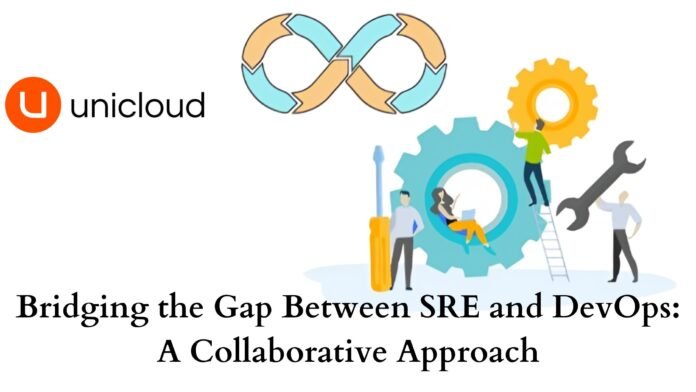Introduction:
In the fast-paced world of technology and software development, two methodologies stand out for their significant contributions to enhancing operational reliability and streamlining processes: Site Reliability Engineering (SRE) and DevOps. Both disciplines, though distinct in their approach and origins, share a common goal of improving system reliability, enhancing customer satisfaction, and accelerating product delivery. This blog explores how Site Reliability Engineering Services and DevOps Integration can work hand in hand to create a robust, efficient, and resilient IT infrastructure.
Understanding the Synergy
At first glance, SRE and DevOps might seem like competing methodologies, but they are, in fact, complementary. DevOps focuses on the automation of software delivery and infrastructure changes to increase the speed and efficiency of deployment. SRE, on the other hand, applies a set of engineering principles to solve operational problems and ensure system reliability at scale. By integrating Site Reliability Engineering Services within a DevOps framework, organizations can achieve a balance between innovation and stability.
The Role of SRE in Enhancing Operational Reliability
Enhancing Operational Reliability with SRE involves adopting a proactive approach to incident management, system monitoring, and capacity planning. SRE teams use software engineering practices to automate operations tasks and create scalable and highly reliable systems. This focus on reliability supports the DevOps goal of continuous improvement and delivery by ensuring that systems are robust and performant under all conditions.
Key Principles for Bridging the Gap
Shared Ownership and Collaboration
The foundation of a successful integration of SRE and DevOps lies in shared ownership of both code and infrastructure. Encouraging collaboration between development and operations teams ensures that everyone is aligned towards the common objectives of reliability, efficiency, and customer satisfaction.
Implementing SLOs and SLIs
Service Level Objectives (SLOs) and Service Level Indicators (SLIs) are critical tools used by SRE teams to measure and manage system reliability. By incorporating SLOs and SLIs into the DevOps cycle, teams can make data-driven decisions about feature development, deployment, and scaling, ensuring that reliability remains a core focus.
Automation and Tooling
Both SRE and DevOps emphasize the importance of automation in achieving their goals. Leveraging automation for tasks such as testing, deployment, and incident response reduces manual toil and allows teams to focus on higher-value activities. Selecting the right set of tools for monitoring, log management, and continuous integration/continuous deployment (CI/CD) is crucial for facilitating DevOps Integration.
Challenges and Solutions
Balancing Speed and Reliability
One of the primary challenges in integrating SRE with DevOps is balancing the need for rapid delivery with the requirement for system stability. To address this, organizations can adopt the principle of “error budgets” from SRE, which allows for a quantifiable risk level in changes, fostering innovation without compromising on reliability.
Cultural Shift
Adopting SRE practices within a DevOps culture requires a shift in mindset from both teams. Emphasizing the value of reliability and operational excellence alongside development speed can help in aligning goals and fostering a culture of continuous improvement.
Conclusion
Bridging the Gap Between SRE and DevOps requires a collaborative approach that leverages the strengths of both methodologies. By focusing on shared goals, adopting common tools and practices, and fostering a culture of open communication, organizations can enhance operational reliability, streamline software delivery, and ultimately, deliver a better product to their customers. As businesses continue to evolve in an increasingly digital landscape, the integration of Site Reliability Engineering Services and DevOps will be key to achieving resilience and agility in IT operations.
Read other Blog – What DevOps Leadership Should Look Like?





